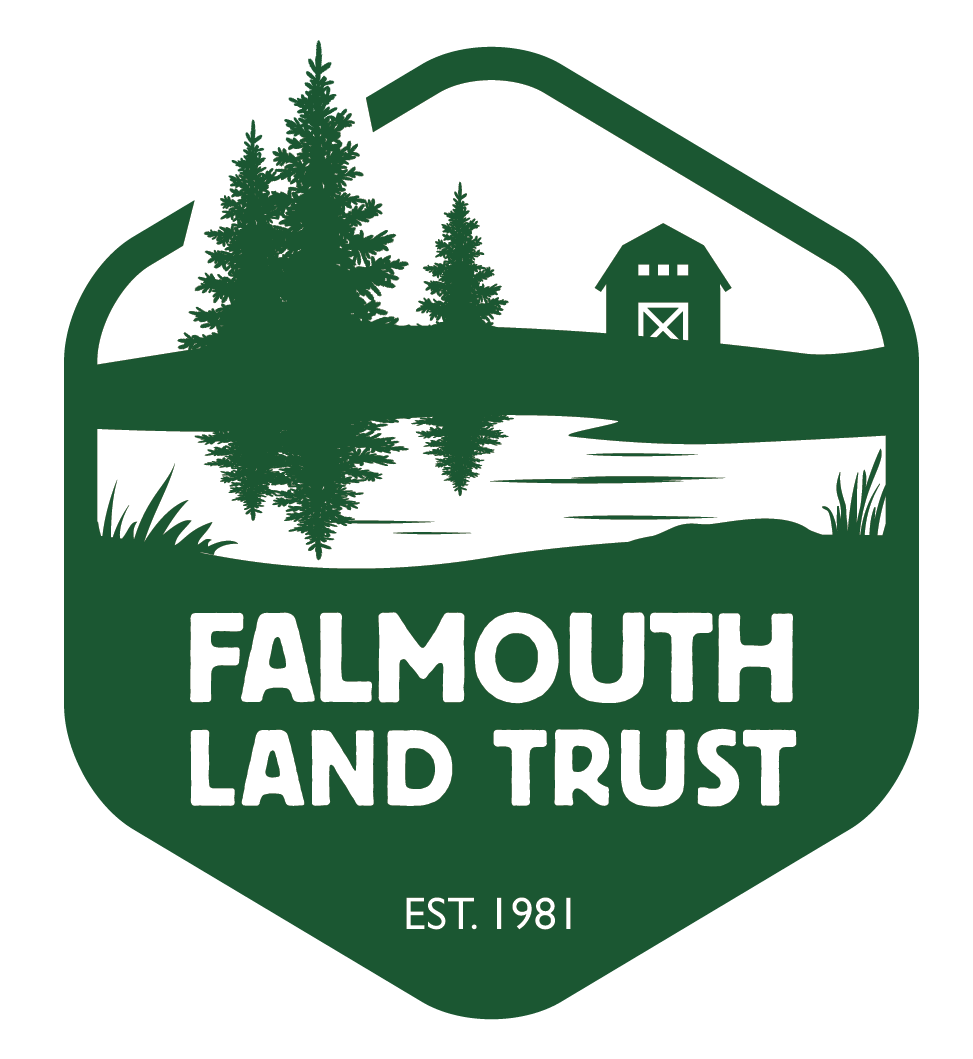Multiflora Rose
Identifying Multiflora Rose
Multiflora rose grows up to 20’ tall and can be characterized by its many arching branches, its sharp thorns, and its pale white flowers that cluster at the ends of its branches. Multiflora rose has compound leaves, comprising of a central stem with leaflets that attach. Leaflets are ellipse-shaped with pointed tips and serrated edges. Stems are a vibrant green color year round, and flowers bloom in late May/early June, turning into berries in late summer. The invasive reaches its largest size in full sun, but is shade tolerant — often found on forest edges, fields, and along roadsides. Multiflora rose is therefore capable of surviving in many conditions. Seeds of Multiflora rose are spread by birds and mammals, and can be viable for up to 20 years after they are produced.
Multiflora Rose bush in full bloom in Falmouth, Maine.
Multiflora Removal Approaches
Like most invasives, Multiflora rose is engineered to be resistant to removal, and presents an even greater set of challenges than other invasives because of many sharp thorns along its stems. Removal by cutting is the most popular method for removing the plant, though mowing multiple times a season for multiple years is also very effective. Applying a small amount of herbicide directly to newly-cut stems in the early fall can also kill Multiflora rose. Thick gloves and pants are strongly suggested for removal.
MOre Info
To learn more about Multiflora rose identification and removal, visit this Maine.gov site.

